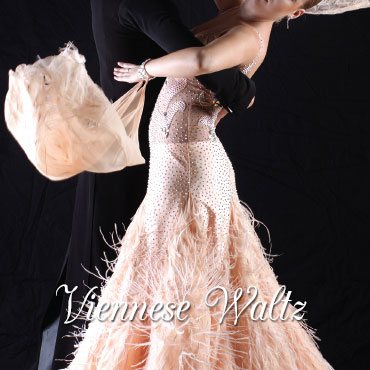The History Behind the Viennese Waltz
The Waltz developed in Central Europe from the Austrian Dance known as the Landler. The fast whirling of partners held as if in an embrace shocked polite society. The music of Johann Strauss and the famous ballrooms of Vienna popularized the faster version known as the Viennese Waltz.
Viennese Waltz Music
Viennese waltz is basically waltz music played a much quicker tempo. While slow waltz is played at 20 to 36 measures per minute (MPM) Viennese waltz is played at 50 – 60 MPM. It is usually played in 3/4 time, but some Viennese Waltzes are written in 6/8 time.
Characteristics of Viennese Waltz
Sweeping turns that gracefully move around the floor characterize this dance. The Viennese Waltz is known for its rotational movement, which is simple and elegant. From Strauss Waltzes and Tchaikovsky ballets to music by contemporary artists, Viennese waltz music has inspired people to dance for generations.
Teaching Elements & Basics of Cha Cha of Viennese Waltz
- Footwork – Develop the concept of crossing actions
- Timing – Learn to use different timings while dancing figures
- Rise and fall – Develop use of legs and feet
- Turns – Learn to change directions quickly and comfortably
- Compare/contrast – Waltz, Foxtrot
What Are You Waiting For?
Start Dancing Today!
Viennese waltz songs and artists include:
- Blue Danube – Johan Strauss
- Kiss from a Rose – Seal
- Have you ever really loved a woman? – Bryan Adams
- That’s Amore – Dean Martin


